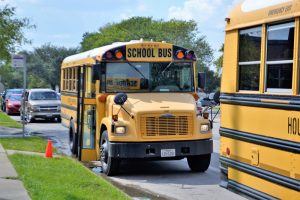Section 5: Treatment and Intervention
75 Educating Children with Autism
Best Practices
 Start early – the younger the better!
Start early – the younger the better!- Encourage family involvement – find out what skills matter to the parents and what methods work with the child at home.
- Link the intervention to assessment information – find out which skills are strengths/weaknesses and work from there.
- Use systematic, planned teaching – think ahead, decide what THIS child needs.
- Create specialized programming – bring in an autism consultant to help, if necessary.
- Help individuals…
- Become more attentive to /engaged with social environment.
- Develop initiative and choice-making skills.
- Learn to transition smoothly.
- Conduct periodic, regular monitoring of progress – make sure the child makes gains, if not try a new approach.
- Have a highly structured and supportive environment – this ties into the need for routine in individuals with autism.
- Teach individuals to generalize skills to less structured, more natural settings – most individuals learn this automatically, individuals with autism must be taught to generalize!
- Deal with problem behaviors in a functional, positive, proactive manner -create a behavior plan, reward good behaviors; don’t just punish the child for problem behaviors.
- Provide interactions with typically developing peers.
- Prepare individuals for successful transitions to future educational settings.
- Have a comprehensive broad-based curriculum that…
- Addresses skills important to parents and teachers.
- Incorporates other therapies/integrate approaches.
- Varies instruction (group and 1:1).
